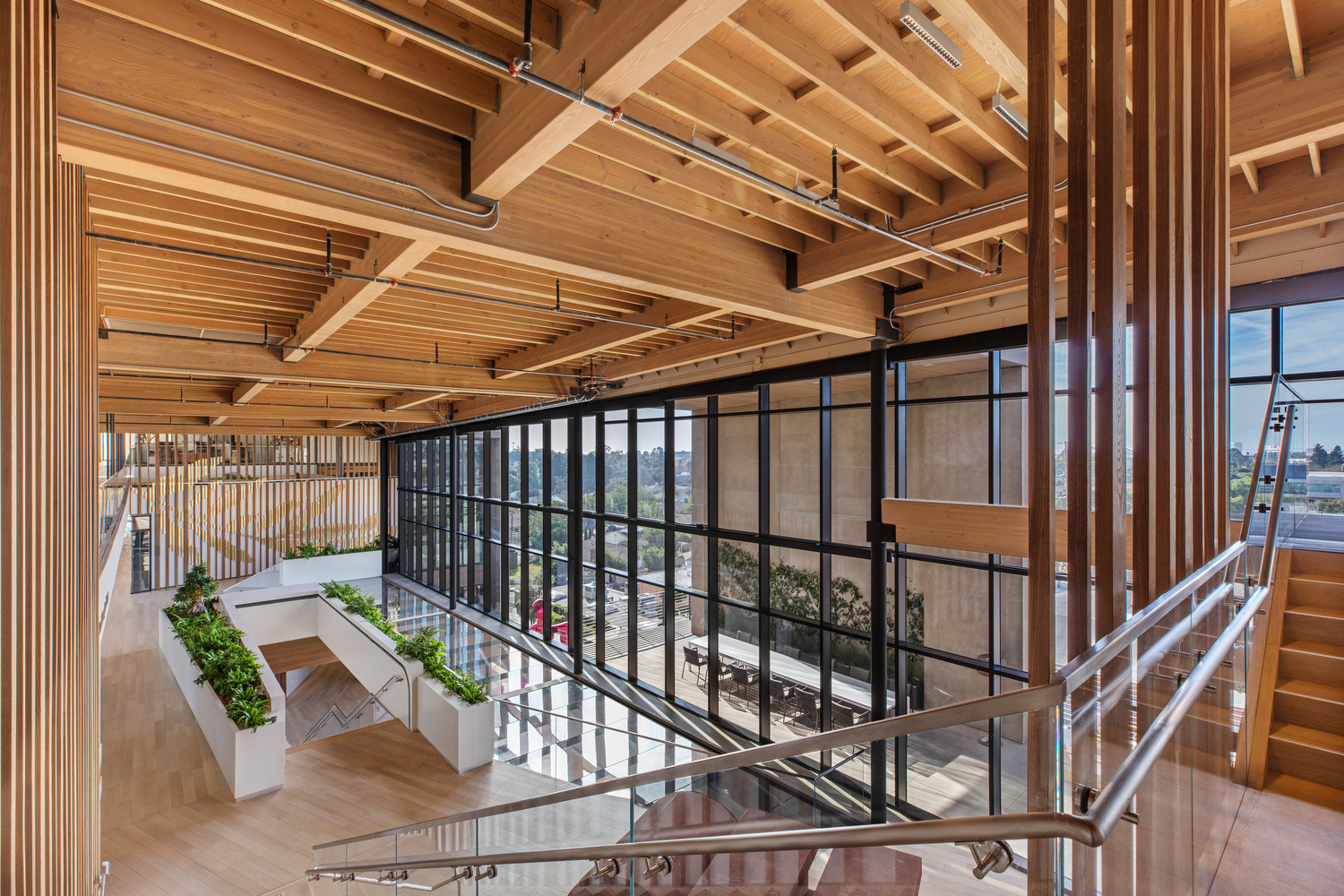Insight
Beyond the Surface: Choosing Sustainable and Healthy Materials in Design

In a recent conversation between HLW’s Director of Materials Technology, Susan Kaplan, and two representatives from PID Floors – Marvin Riggins Jr. and Ilya Meltser – the focus turned to a pivotal topic in architecture and interior design: how to make informed, sustainable, and health-conscious material choices.
A Shift Towards Sustainable Practices
Susan Kaplan shared how her journey from specifications writer to Director of Materials Technology at HLW has paralleled the industry’s increasing emphasis on sustainability. While certifications like LEED and WELL have driven much of the momentum, the conversation revealed that clients, designers, and developers are collectively steering the shift toward materials that are not only responsibly sourced but also low-emitting and ethically produced. However, Susan emphasized that sustainability considerations must be balanced with durability, aesthetics, and project budgets—it’s about finding the right material for the right space.
Balancing Costs and Durability
Ilya and Susan highlighted the challenge of balancing upfront costs with long-term durability. While materials like FSC-certified wood or locally-sourced products align with sustainability goals, they can introduce additional costs and scheduling complexities. However, materials like wood, with its natural carbon sequestration and adaptability, often prove a sound long-term investment, especially in high-use, long-life projects.

Beyond Compliance: A Thoughtful Approach
Susan underscored that selecting sustainable materials isn’t just about ticking boxes for certifications; it requires a thoughtful understanding of the space, its function, and its users. For example, what works for a daycare in New York might not suit a hospital in Florida. Conversations around sustainability must also incorporate practical considerations like maintenance, energy use, and human health impacts.
Industry Collaboration and Evolution
Both Susan and Ilya agreed that collaboration between clients, designers, and suppliers is essential. While government regulations play a role, much of the industry’s progress has been driven by market demands and evolving client expectations, from tech giants like Google to local developers. Tools like Environmental Product Declarations (EPDs) and life cycle assessments (LCAs) are becoming vital for quantifying embodied carbon and operational impacts, fostering more informed decision-making.
This conversation made clear that the future of sustainable design hinges on open dialogue, continuous learning, and a willingness to adapt. By asking the right questions and considering the full life cycle of materials, designers can make choices that are both environmentally responsible and attuned to the unique needs of each project.

You can watch the entire interview on YouTube here.
Susan Kaplan, CCS, LEED AP BD+C translates her passion for sustainable design into her role as HLW’s Director of Materials Technology. She is responsible for the technical control and production of the architecture, engineering, and site specifications for all our project work. In addition, she has specialized in specifications for sustainable projects. Susan teaches graduate sustainable material courses at City University of New York and the Fashion Institute of Technology.


